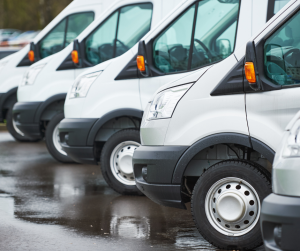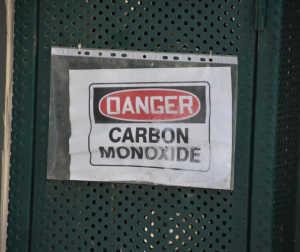The Affects of UK riots on the Insurance Industry
As you would expect, Some insurers have already made emergency interim payments and property has been secured where needed. If alternative accommodation is required for any homeowners, suitable properties will be found.
The priority is to get customers back to normal as quickly as possible at this distressing time.
Some areas are still inaccessible because of the danger of buildings collapsing and police have also restricted travel in some places – some claims teams had to travel by foot or bus so they could visit commercial customers.
Insurers will also been work with the local authorities to arrange demolition of any dangerous structures so that high streets can return to normal and once buildings are deemed safe the re-building and repair work can begin.
Damage caused by riots, civil commotion or malicious damage is covered as standard in most commercial, household and motor policies, but we would urge anyone who hasn’t already been in touch to contact their insurer directly or via their broker, as soon as possible.”
If your business has been affected by UK riots:
Contact your broker and/or insurer as quickly as possible.
We know your priority is to get your business up and running as quickly as possible and will do all we can to make this happen.
The amount of time this will take depends on the level of damage sustained.
One of our partner insurers has put together the following tips and advice for businesses where the threat of riot exists:
Protecting Staff during the UK riots:
Of paramount importance is the safety of your staff. Managers need to be vigilant and react quickly to protect their staff.
Avoid unaccompanied working
Make use of two-way radio links and personal alarms
Avoid visiting potential problem areas
Protecting your Property during the UK riots:
Ensure all security systems/alarms/security lighting/CCTV are on/functioning
Check existing perimeter barriers are in good repair
Inspect doors and door hardware are adequate and in good repair
Ensure accessible windows are adequately secured and protected
Keep removable grilles/shutters in position at all times
Consider temporary boarding up of vulnerable access points and windows – particularly in high risk areas
Waste and other unwanted combustible materials are a source of ignition so ensure this is kept to a minimum and safety stored.
Ensure adequate fire fighting equipment is readily available and staff are trained in their use
Remove portable objects from the open that could be used as a projectile, such as an advertising board or display stand
If you have theft-attractive stock place this within a physically robust area that would require greater time and effort to penetrate than the shell of the building
Remove attractive stock from display windows
Protecting your Vehicle during the UK riots:
Remove and avoid parking vehicles overnight in high risk areas and on main thoroughfares
Remove and avoid parking vehicles overnight in close proximity to buildings
If you are affected by a UK riot, please contact your account handler and they will aid you throughout the claims process to ensure it is resolved.
To discuss a new policy, or current policy please get in touch with us via one of the options below!
Book a call 01730 265500 Contact request form hello@robison.co.uk











